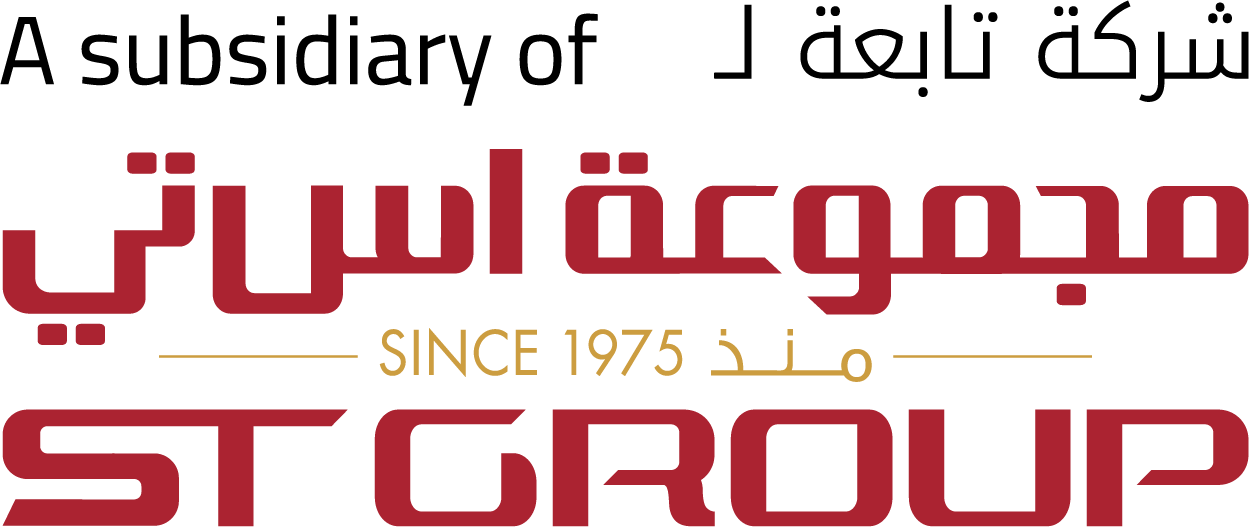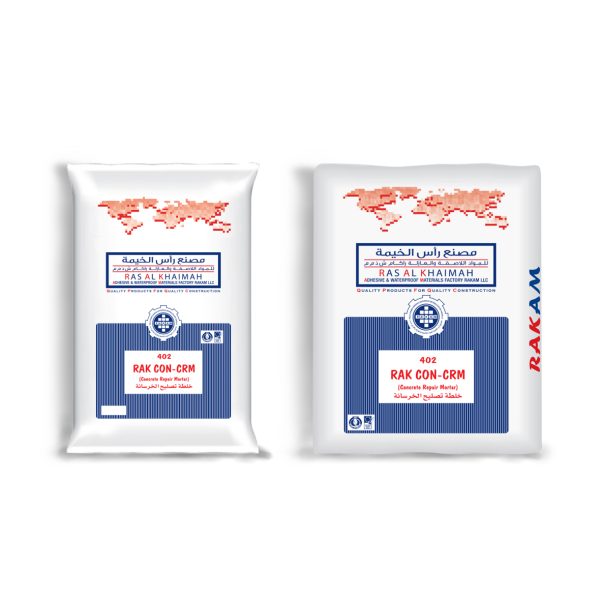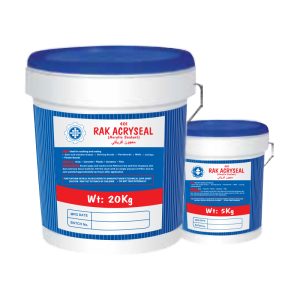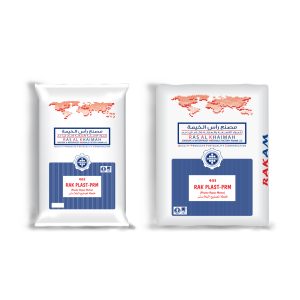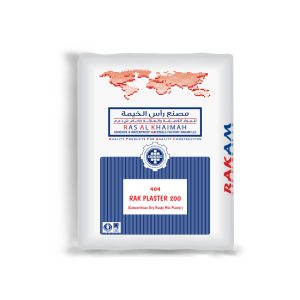Description
Technical Properties
| Properties | Result |
|---|---|
| Appearance | Grey powder |
| Wet Density at 25ºC | 2.15 kg/L |
| VOC | 0.1 g/L |
| Granulometry | 0-3.5mm |
| Thickness per coat | 10 – 60 mm vertical 10 – 35 mm overhead 10 – 100 small pockets & horizontal |
| Compressive strength After 7 days | 25 N / mm2 |
| After 28 days (ASTM C579) | 35 N / mm2 |
| Flexural strength After 28 days (ASTM C580) | Up to 11 N / mm2 |
| Tensile strength After 28 days (BS 6319 Part 7) | >3 N / mm2 |
| Water absorption (BS 1881) | 4% |
| Drying Shrinkage At 7 days | <300 microstrain |
| At 28 days (ASTM C157-93) | <500 microstrain |
| Rapid Chloride Permeability (ASTM C1202) | Low |
| Workability at 25ºC | >30 minutes |
| Application Temperature | from +5ºC to +35ºC |
| All values are subject to 5-10 % tolerance | |
Uses
CON CRM is designed to provide a structural grade repair mortar particularly in situations where abrasion resistance and imperviousness are required such as:
- General concrete repair
- Repairs to structural concrete elements, e.g. reinforced beams and columns
- Highly tra cked surfaces, particularly transition strips adjacent to mechanical bridge joints.
- Repairs in marine environments or other situations, where concrete is in contact with chloride or Sulphate solutions
- Floor repairs in industrial areas, especially if exposed to oil or lubricants
- Honeycombing repairs
- Pile cap re-profiling and treatment.
Instructions for use
Concrete preparation
The surface of the concrete to be repaired should be sound, clean and uncontaminated. The decayed or damaged area to be repaired should be marked with a marker. Cut the marked area to a depth of at least 10mm using a hand held concrete saw or disc grinder to avoid feather edging and to provide a square edge. Break out or chip the complete repair area down to sound base using sharp tools or chipping hammer.
Oil and grease deposits should be removed by sti brushing, detergent scrubbing with a heavy duty cleaner/degreaser, steam cleaning.
Steel preparation
Any corroded steel in the repair area must be fully exposed. All exposed reinforcement shall be cleaned of corrosion products by wet grit blasting or other approved means to achieve a clean and bright finish.
In case that reinforcing bars section is reduced due to oxidization, integrate them with additional bar reinforcement.
Priming
Steel Priming
The cleaned steel should be coated within 3 hours. Apply one coat of Bonding Agent, a corrosion proof cementitious based primer or EPOZINC, a two component Zinc rich EPOXY PRIMER, continuously with brush onto the cleaned bar reinforcement ensuring that the whole steel surface area is completely covered. Allow to dry before proceeding with the repair.
Concrete Priming
If the concrete deterioration is due to Chloride attack, it is recommended to use epoxy bonding agent. It will cure to form a barrier against Chloride ions.
However if the cause is Carbonation, dampen the surface with clean water (avoiding free standing water) and apply thin coat of Acrylic bonding agent.
CON CRM must be applied before the bonding agent dries while it’s still tacky to achieve a better bond between the fresh and cured section.
Mixing
For mixing process, a slow speed drill (200- 300rpm) fitted with a suitable paddle is recommended. Place 3.5liters of cold clean water in the mixing bucket. With the drill in operation, add the entire content of the 25 kg bag of CON CRM while mixing continuously till a uniform lump free consistency mix is achieved. Powder must always be added to water.
Allow the obtained mix to stand for about 3 minutes and then remix before application. Under no circumstances should partial mixing be considered.
Application
Apply the product manually with a trowel or spatula to ensure thorough compaction around the reinforcement and against the edges of the reinstatement area. The repair then can be finished with a steel trowel. The product can be applied up to 60 mm in thickness in vertical, and in 100 mm layers in small pockets or horizontal plane. The material should not be applied at less than 10 mm thick layer. Use a steel trowel for the finishing touch.
Curing
The repaired area shall be cured in accordance with good concrete curing practice and protected from drying winds, sun or excessive heat. Curing shall be done with non-degradable curing compound BETOCURE AR. Alternatively; a wet hessian cloth covered with polyethylene sheet can also be employed. Curing should begin as soon as final finish is achieved. In fast drying conditions, supplementary curing with Polythene Sheets must be used.
Cleaning
CON CRM should be removed from tools and equipment and mixers with clean water immediately after use. Cured material should be removed mechanically. Equipment used for applying EPORIPRESSA, the epoxy bonding agent should be cleaned with SOLVENTE 10.
Recommendations
- Do not apply the product at temperature less than +5ºC
- Do not add water once the mix has begun to set
- CON CRM should not be exposed to running water either during application or prior to final set
- Do not mix the bags partially
- In warm weather, store the material in cool place. Make sure to use cool water to keep the mixed mortar temperature below 30 ºC
Storage
Store in a dry covered place. In these conditions the product maintains its stability for 12 months.
Health & Safety
CON CRM can be harmful to skin as it contains cement powders which may releases alkalis when mixed with water. During application, wear appropriate protective clothing, goggles, gloves and respiratory equipment if necessary.
In case of contact with skin, rinse with water and again wash thoroughly with soap and water. In case of contact with eyes, rinse with plenty of water and seek medical advice accordingly.
If ingested, obtain medical attention immediately. Do not induce vomiting.

